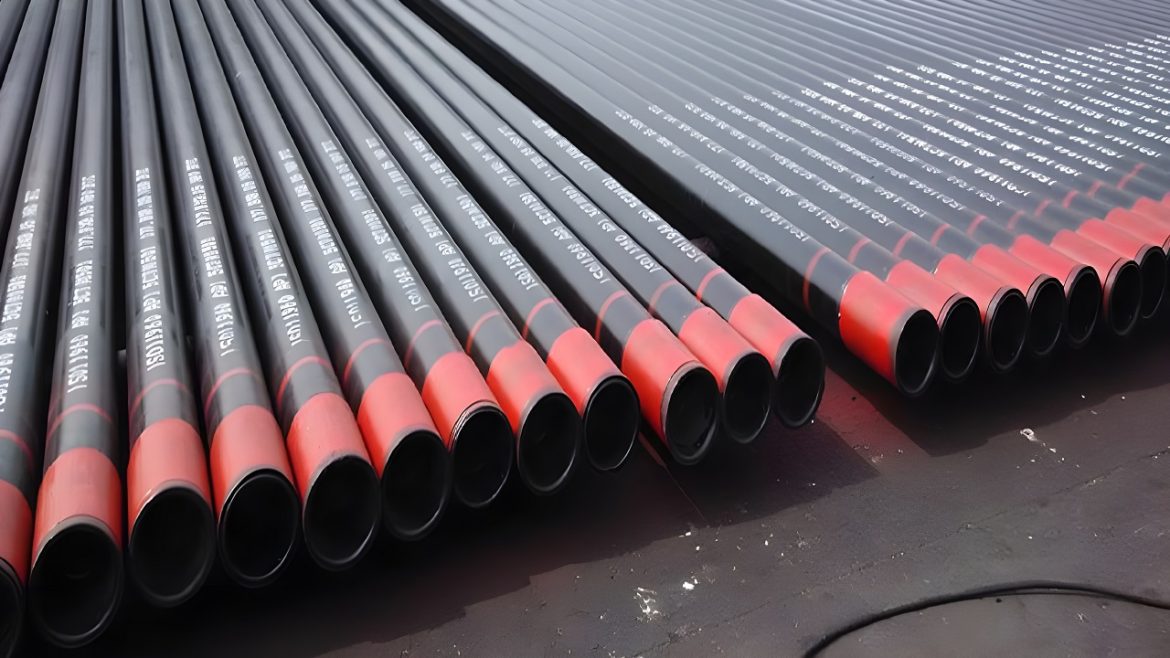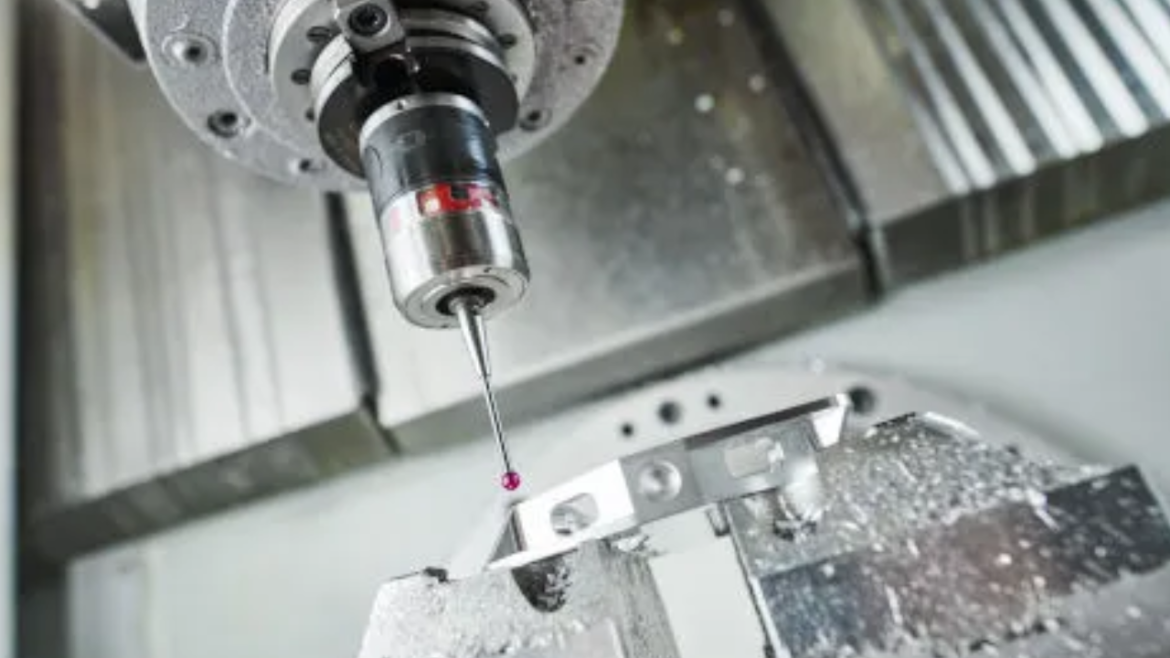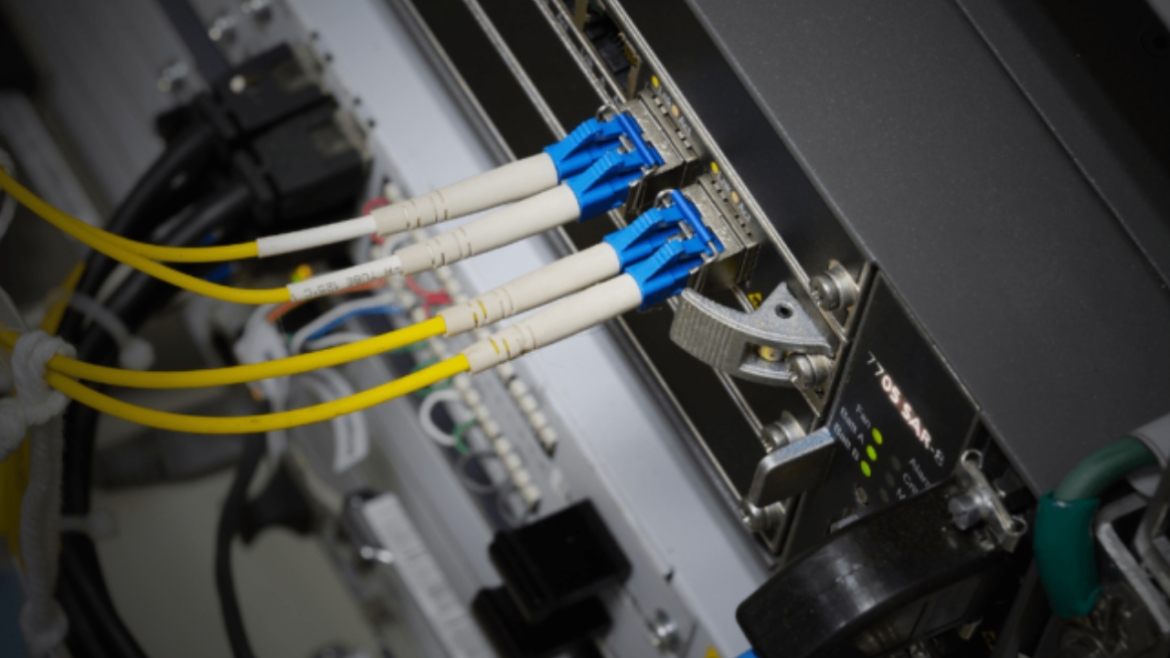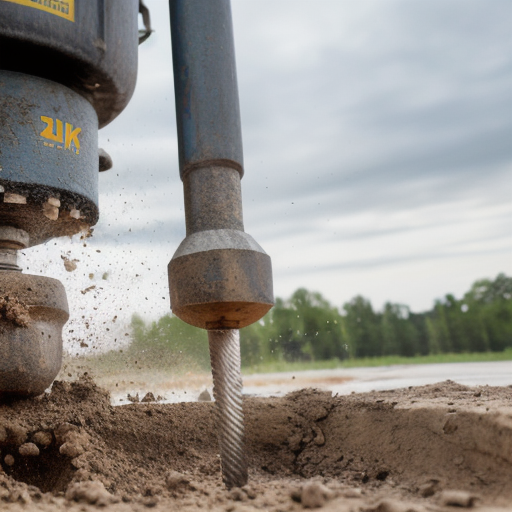The efficient distribution of vaccines, particularly during global health crises, depends critically on many factors, one of which is the effective labeling of syringes. Syringe labeling is not merely a regulatory compliance requirement but a pivotal aspect of the healthcare supply chain that impacts public health safety, logistical management, and the overall success of immunization programs.
Importance of Syringe Labeling in Vaccine Distribution
- Ensures Compliance and Traceability: Each syringe label carries crucial information such as the vaccine name, manufacturer, batch number, expiration date, and sometimes a unique identifier. This information helps in tracking the vaccine from the point of manufacture to administration, ensuring that only safe and approved vaccines are distributed and administered. The traceability facilitated by syringe labeling also aids in the efficient recall of vaccines, should there be any issues with a particular batch.
- Enhances Patient Safety: Clear and accurate labeling on syringes helps healthcare providers administer the correct vaccine at the correct dosage. It reduces the risk of medical errors, such as administering the wrong vaccine or using a dose that has expired. In times of high demand and rapid vaccine rollout, such as during the COVID-19 pandemic, the role of precise syringe labeling becomes even more critical.
- Supports Global Health Initiatives: For global health initiatives, especially in areas with limited healthcare infrastructure, correctly labeled syringes ensure that vaccines are quickly and correctly deployed. Labels often include multi-lingual information to accommodate diverse populations and ensure that healthcare workers, regardless of their primary language, can understand and use the vaccines correctly.
- Facilitates Efficient Logistics: Syringe labeling includes the use of standardized symbols and color coding to quickly convey information. This standardization is essential for the logistics of vaccine distribution, allowing for the quick sorting and correct storage of various vaccines, especially when temperature control is a critical factor.
Technological Advancements in Syringe Labeling
The role of technology in enhancing syringe labeling processes cannot be overstated. Advanced labeling machines now incorporate high-speed, precision labeling capabilities that can handle thousands of syringes per hour, ensuring that vaccines are ready for dispatch without delays. These machines also include features like print and apply systems that can generate labels instantly based on real-time data, which is particularly useful for vaccines that require ultra-cold storage and have a short shelf life once they are ready for use.
Furthermore, the integration of smart technologies such as RFID (Radio-Frequency Identification) tags in syringe labels is on the rise. These technologies offer dynamic tracking capabilities, providing real-time data on vaccine distribution logistics, which is invaluable for managing large-scale immunization programs efficiently.
Challenges in Syringe Labeling
Despite technological advancements, syringe labeling faces challenges such as the need for high-durability labels that can withstand extreme temperatures, especially for vaccines requiring ultra-cold storage. Additionally, the global nature of vaccine distribution requires labels to be accurate and legible under various environmental conditions and to be understandable to a global workforce.
Conclusion
In conclusion, syringe labeling plays a fundamental role in the distribution of vaccines by ensuring compliance, enhancing patient safety, supporting global health initiatives, and facilitating efficient logistics. As vaccine distribution continues to be a critical component of global health strategies, especially in response to pandemics, the importance of advanced syringe labeling processes cannot be underestimated. With ongoing advancements in labeling technology, the syringe labeling process is set to become more robust, contributing further to the efficacy and safety of global vaccine distribution efforts.









